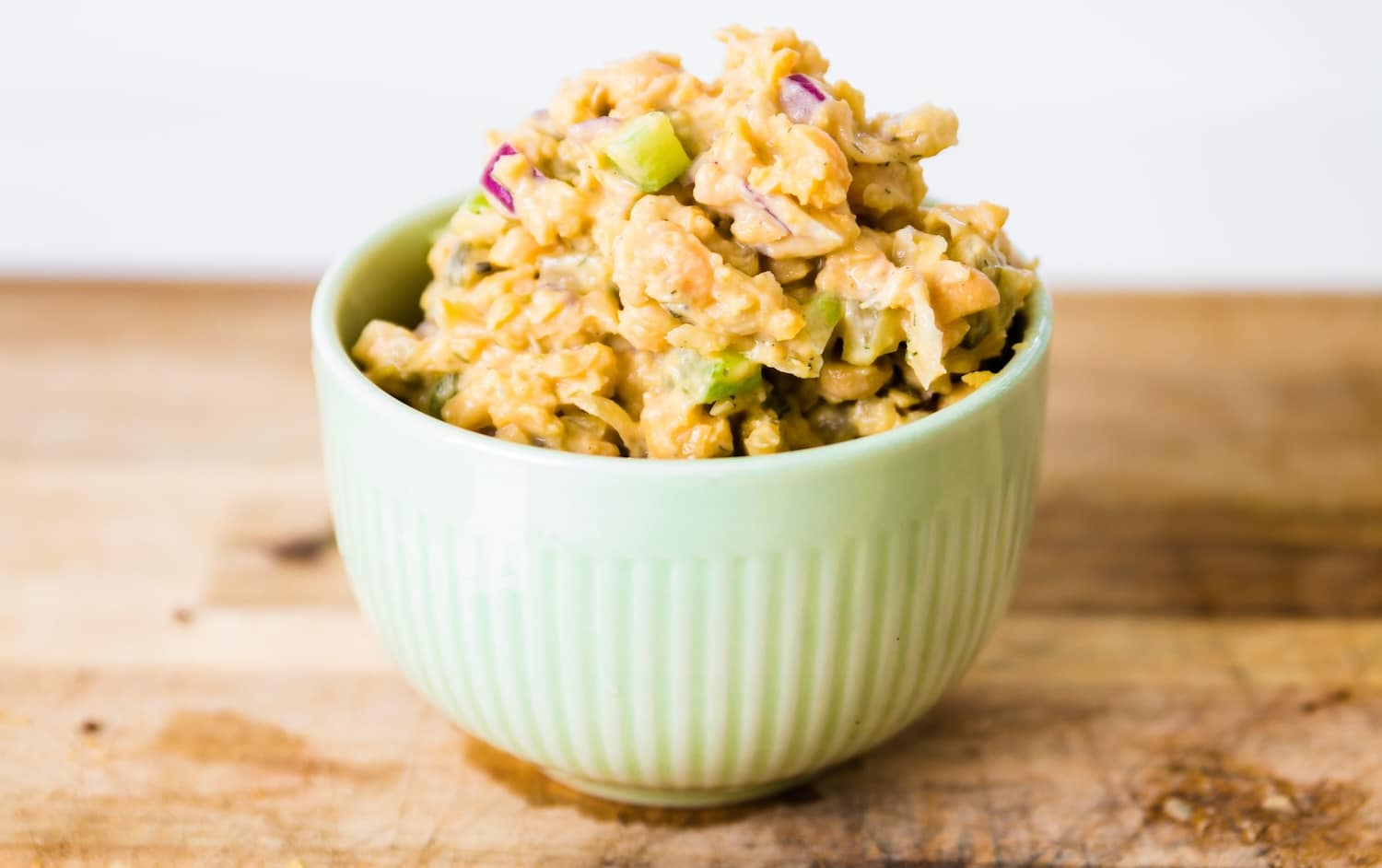Many manufacturers of bandages could comprise PFAS chemical compounds, in response to a brand new report commissioned by Environmental Well being Information (EHN) and the patron watchdog web site Mamavation. Of the 40 bandages they analyzed in a lab, 65% contained indicators of PFAS chemical compounds.
Also called “without end chemical compounds,” as a result of that’s roughly how lengthy they linger within the setting, there are at the very least 12,000 sorts of PFAS. The well being penalties of PFAS publicity are unclear. However this class of chemical compounds has been linked by the Environmental Safety Company (EPA) to elevated threat of sure cancers, decreased fertility, hypertension in pregnant individuals, developmental delays and low birthweight in kids, hormonal disruption, excessive ldl cholesterol, lowered effectiveness of the immune system, and extra. In response to the U.S. Facilities for Illness Management and Prevention and the Nationwide Institute of Environmental Well being Sciences, 97% of People have PFAS of their blood. The chemical compounds are present in hundreds of widespread merchandise, together with meals packaging, adhesives, carpeting, clothes, furnishings, varnish, cleansing merchandise, shampoo and cosmetics. They’re additionally widespread within the water provide and meals chain, and even within the rain.
Mamavation and EHN have made it one thing of a mission to conduct common checks of varied merchandise, sending samples to laboratories to check them for the presence of natural fluorine, which is discovered within the presence of PFAS and is simpler to detect than the chemical compounds themselves. A optimistic consequence for fluorine is taken into account a presumptive indicator that PFAS are there as effectively. In recent times, the 2 teams have made information with their discovery of PFAS-related chemical compounds in touch lenses, tampons and sanitary pads, dental floss, diapers, condoms, and sports activities bras.
Learn Extra: Why Coronary heart Illness Analysis Nonetheless Favors Males
To conduct the present evaluation, the investigators chosen 40 totally different bandage merchandise from a wide range of manufacturers and despatched them to a laboratory licensed by the EPA. Bandages, in fact, sometimes have two elements: the absorbent pad, which fits immediately over the wound, and adhesive flaps. PFAS chemical compounds are typically added to the pads of bandages to assist resist moisture, and to the flaps as an adhesive ingredient. Each have been examined by the lab for fluorine ranges at or exceeding 10 elements per million (ppm).
“Ten elements per million is the restrict of detection, and that’s a big quantity,” says Terrence Collins, professor of chemistry at Carnegie Mellon College and one of many scientists concerned within the research. “We all know that with endocrine disruption, there isn’t a protected dose. They fiddle with hormonal management.”
Of the 40 bandages examined, 26 had fluorine ranges starting from 10 PPM to 374 PPM. Of 16 bandages manufactured in black or brown pores and skin tones for individuals of colour, 10 fell into that contamination vary.
Merchandise diverse extensively within the quantity of fluorine they contained, even throughout the similar total model. Bandages from CVS Well being and BAND-AID, for instance, fell into all three classes—these with the bottom, center, and highest ranges of fluorine—relying on the precise product examined.
Among the many merchandise that fared the worst have been BAND-AID OURTONE Versatile Cloth BR65 Bandages, which weighed in on the peak of 374 PPM on the adhesive portion and 260 PPM on the absorbent pad. Bandages on the decrease finish of fluorine contamination included BAND-AID Water Block Robust Strips, at 13 PPM on the flaps and nothing detected on the pad; and CVS Light Cloth Hypoallergenic Bandages, with 10 PPM on the pad and fluorine-free flaps.
In an e-mail to TIME, a spokesperson for CVS mentioned, “We’re within the strategy of reviewing and evaluating the data in Mamavation’s bandage report.” Kenvue, makers of BAND-AID, didn’t instantly reply to a request for remark.
The bandages with out proof of PFAS tended to return from smaller manufacturers, reminiscent of Patch Bamboo Bandages for Youngsters With Coconut Oil, with nothing detected on the pad or the flaps; and darkish brown TRU COLOR Pores and skin Tone Bandages, which additionally had no detectable fluorine.
Learn Extra: Hormonal Beginning Management Doesn’t Deserve Its Unhealthy Fame
Whereas the pad, which makes direct contact with an open reduce, would appear to current the better contamination hazard, mere contact with the pores and skin by way of the adhesive flaps could also be sufficient to permit PFAS to leach into the physique, says Collins. “It’s a must to assume that the physique can have an affinity for a mess of PFAS compounds.”
Bandages are only one potential route of publicity to PFAS. Our houses and private care merchandise are teeming with them. Although some PFAS could also be excreted in urine and menstrual blood, as soon as the chemical compounds get into the physique, they’ll accumulate within the blood and tissues together with the mind, liver, lung, bone, and kidney.
There’s not a lot shoppers can do, and fixing the PFAS downside is not going to be simple. In February, the EPA tightened limits on 9 sorts of PFAS that had beforehand been much less regulated. Moreover, laws is pending or has been handed in seven states—California, Colorado, Maryland, Washington, Rhode Island, Minnesota, and Connecticut—to restrict or prohibit PFAS in a variety of shopper merchandise, in addition to in firefighting foam. However they’re already ubiquitous within the setting.
“When you make them, you’ll be able to’t simply crack a whip and name them again,” says Collins. “The stuff that’s on the market will accumulate in residing issues that die and get coated up with sediment. A couple of thousand years from now,” he predicts, “you’ll have the ability to dig again and discover the fluorine layer.”


:max_bytes(150000):strip_icc()/Health-GettyImages-530072595-181917141e584b5bb8036afb9d4380de.jpg)




